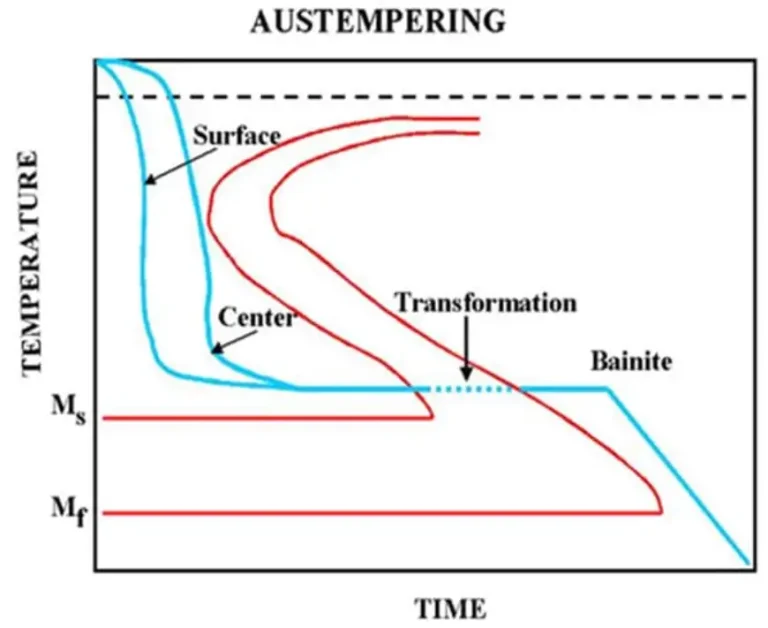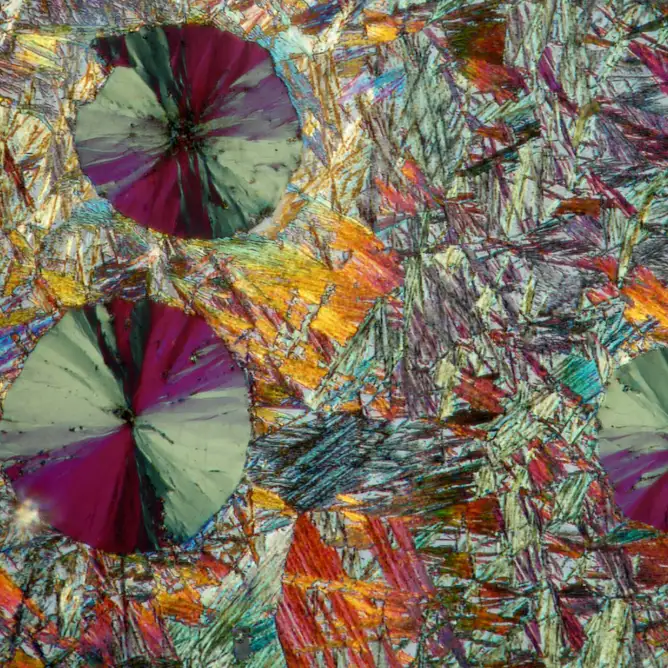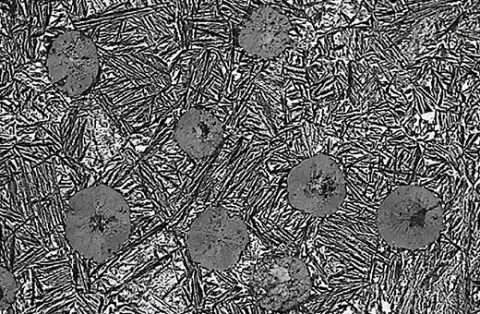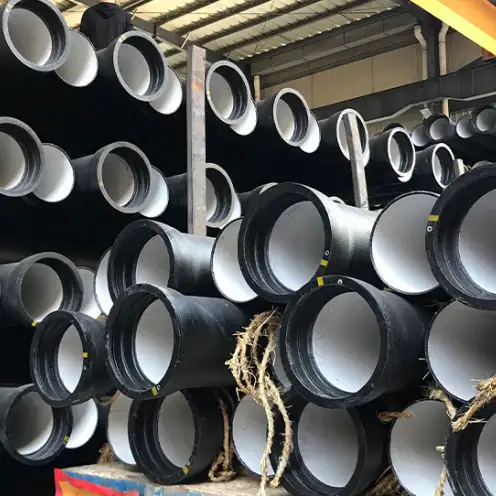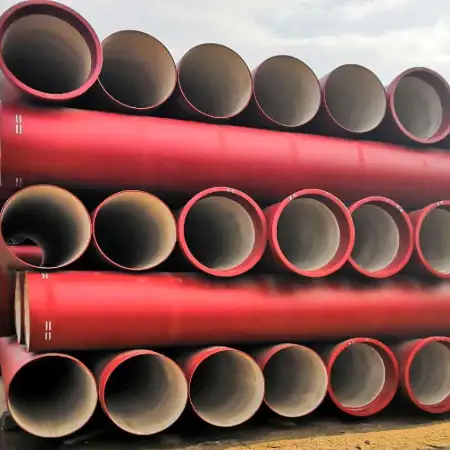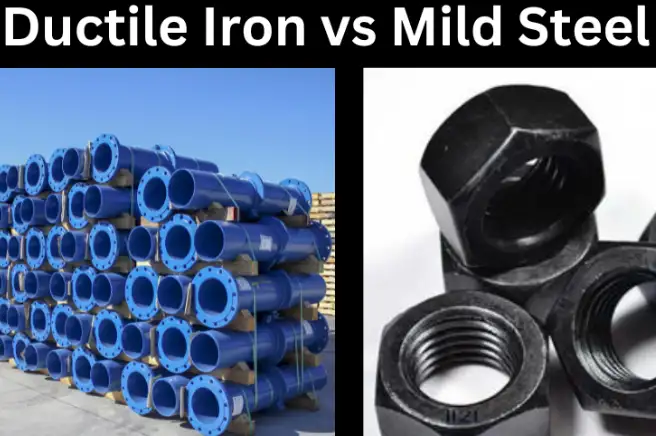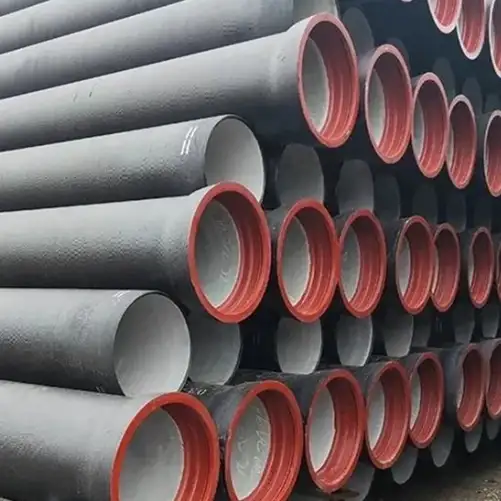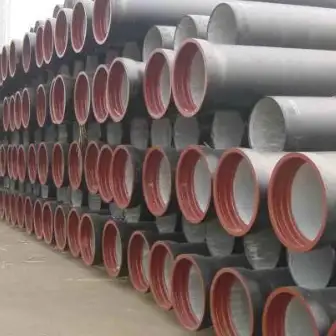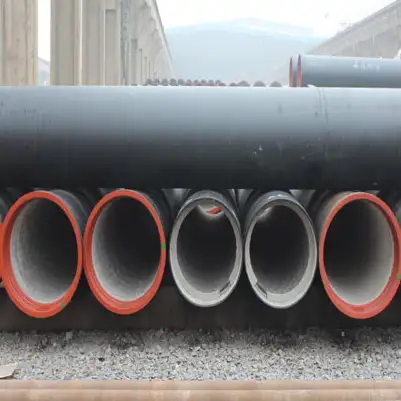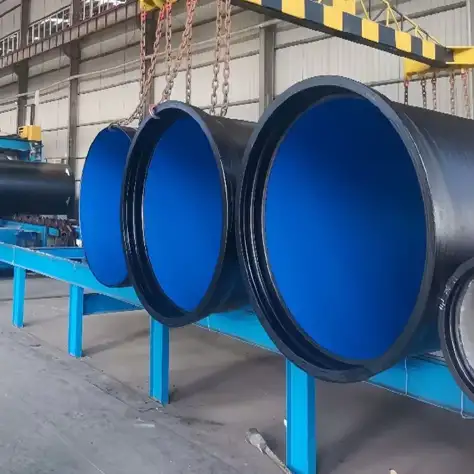News
2025-05-06
Heat treatment processes are essential in metallurgy to modify the physical and mechanical properties of metals, particularly ferrous alloys. Among these processes, tempering and austempering are widely...
2025-05-06
Austempering is a specialized heat treatment process applied to ferrous materials, particularly steels and cast irons, to enhance their mechanical properties. This process involves heating the material...
2025-05-06
Austempered Ductile Iron (ADI) is a heat-treated form of ductile iron that has garnered significant attention in various industries due to its exceptional mechanical properties and cost-effectiveness....
2025-05-06
Ductile iron and austempered ductile iron (ADI) are both cast irons known for their strength and versatility. While they share similarities, their differences in microstructure, mechanical properties,...
2025-05-06
Austempered Ductile Iron (ADI) is a high-performance cast iron alloy that undergoes a specialized heat treatment process known as austempering. This process enhances the material’s mechanical properties,...
2025-05-06
Is pvc pipe the same diameter as ductile iron? No, PVC (polyvinyl chloride) and ductile iron (DI) pipes differ significantly in diameter sizing due to distinct manufacturing standards and material properties....
2025-05-06
Ductile iron pipe classes categorize pipes based on their pressure ratings, wall thickness, and application-specific requirements, ensuring optimal performance in water supply, wastewater systems, and...
2025-05-06
When it comes to piping systems, whether for water distribution, sewage systems, industrial applications, or construction, two materials dominate the industry: ductile iron and steel. Both materials offer...
2025-05-06
One of the most important factors when selecting a ductile iron pipe is its pressure rating. The pressure rating of a ductile iron pipe defines the maximum pressure the pipe can withstand in service without...
2025-05-06
Ductile iron, a high-strength ferrous alloy, derives its unique properties from a carefully balanced chemical composition. Primarily composed of iron (Fe) with 3.2–4.1% carbon (C) and 1.8–3.2% silicon...
2025-05-06
Ductile iron, also known as nodular cast iron, is indeed classified as a ferrous metal. Ferrous metals are defined by their iron content, and ductile iron’s primary composition includes iron combined with...
2025-05-06
Ductile iron pipes have long been a staple in water distribution systems due to their strength, durability, and resistance to various environmental factors. However, questions often arise regarding their...
No posts found

